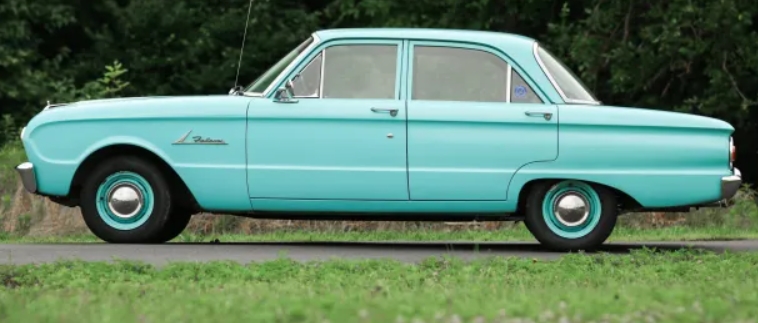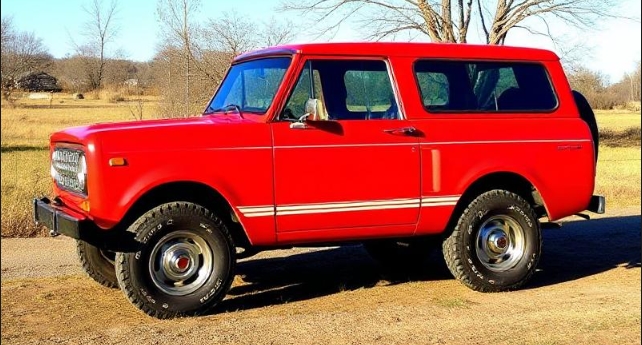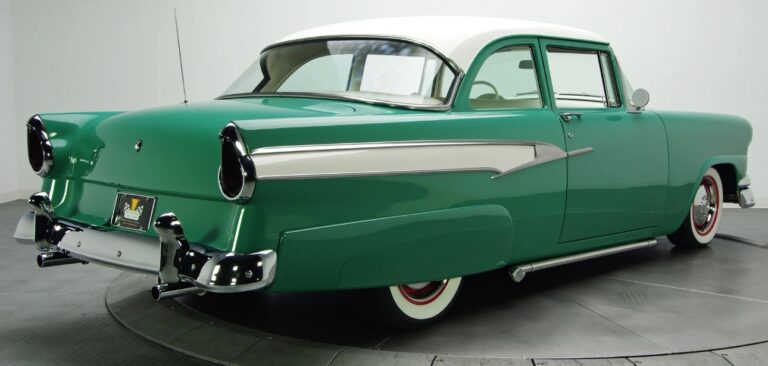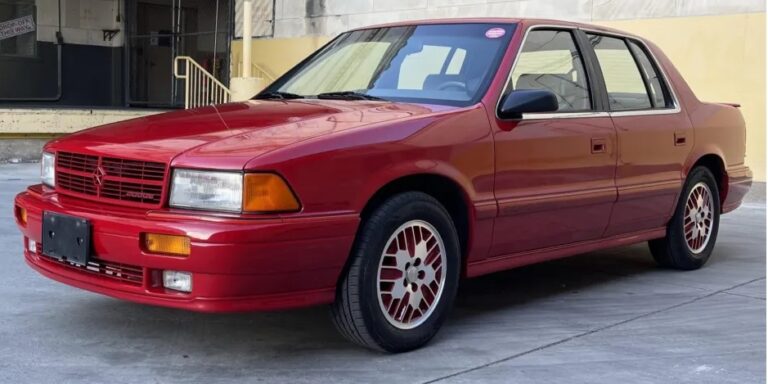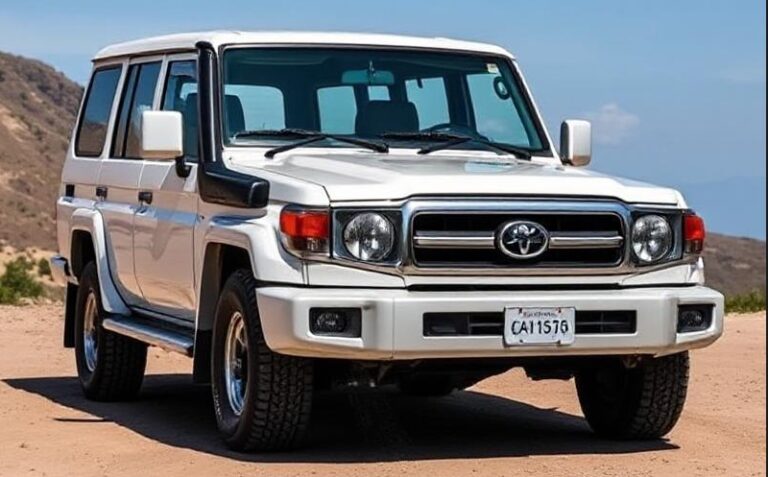The Evolution of the Ford Falcon: A Legacy on Wheels
The Ford Falcon is one of the most iconic nameplates in the history of the automotive industry, with a legacy that spans over six decades. First introduced in 1960, the Falcon has gone through numerous changes, iterations, and redesigns, representing a significant chapter not only in Ford’s history but also in the broader narrative of American automobiles. This article will explore the evolution of the Ford Falcon, focusing on its models, trim levels, and production timeline.
1960–1969: The Beginnings
1960: The First Generation
The Ford Falcon was introduced in 1960 as a compact car designed to compete with the likes of the Chevrolet Corvair and Plymouth Valiant. Built on a 105-inch wheelbase, it offered a simple yet functional design. Initially available as a two-door sedan, four-door sedan, and a station wagon, the first-generation Falcons came with an inline-six engine, initially producing 144 cubic inches and 85 horsepower. The early trims included the Falcon, Falcon Deluxe, and Futura, focusing on basic transportation with optional upgrades.
1961-1965: Expansion of the Lineup
Throughout the early 1960s, the Falcon’s popularity led Ford to expand its offerings. The 1962 model year introduced the sporty Futura trim, while the 1963 model saw the addition of a convertible option. By 1964, a high-performance variant called the Falcon Sprint was introduced, featuring a more powerful V8 engine, ultimately catering to the growing performance market.
1966-1969: Aesthetic Changes
In 1966, the Falcon received a facelift with a more refined design, including a new grille and updated taillights. The introduction of the four-door hardtop and the two-door hardtop allowed the Falcon to appeal to younger buyers seeking a stylish, accessible vehicle. This era solidified the Falcon’s reputation, and by 1969, the classic car was being offered in multiple trims, including the Falcon, Falcon Futura, Falcon Sprint, and the sporty Mustang-inspired Falcon.
1970–1979: Transition to a Larger Car
1970: The Second Generation
The early 1970s brought significant changes as Ford opted to redesign the Falcon, moving towards a larger, more powerful configuration. The 1970 model adopted a fastback design and featured a longer wheelbase of 111 inches, with more powerful engine options available, including a 302 cubic-inch V8.
1970-1974: Continuously Evolving
During this time, the Falcon was offered in several trims: the base model, Futura, and the sporty GS (Gran Sport). The latter half of the decade, however, represented a waning interest in the compact market as fuel prices increased and consumer preference shifted. The Falcon began to lose its edge against rivals.
1975: The End of an Era
By 1975, the Falcon’s future was uncertain as Ford began to phase out the Falcon in favor of the more compact Ford Pinto. The last of the second-generation Falcon models rolled off the production line in 1970, marking the end of local production in the U.S. However, the nameplate continued to have a life beyond American shores.
.
SEARCHING for those hard to find FORD manuals, guides & books?
This place has you covered! SEE All FORD Manuals From 1920 – 1989.
CHOOSE the year of your vehicle:
.
1980–1990: International Variants
1980s: Ford Falcon in Australia
While the Ford Falcon was fading in the U.S. market, the nameplate found new life in Australia, where Ford introduced the third-generation Falcon in 1980. This iteration was significantly larger and positioned as a full-size family vehicle. The Australian Falcon was available in various trims, including the base model, XL, and the sporty XR, each coming equipped with different engine choices ranging from fuel-efficient six-cylinders to robust V8s, catering to the diverse Australian market.
1990–1999: The Australian Falcon’s Golden Years
1993: The Fourth Generation
The introduction of the fourth-generation Falcon in 1993 represented a major design overhaul, featuring a more aerodynamic shape and modernized interior. This iteration emphasized safety and performance, with improved suspension and handling capabilities. The XR6 and XR8 models aimed at performance enthusiasts, offering competitive power within the Australian market.
1998: Continued Popularity
By the late 90s, the Falcon offered advanced technology and styling, with variations such as the Falcon XR and the Falcon Fairmont. The Falcon remained one of Australia’s best-selling cars through this decade, further solidifying its status in the automotive landscape.
2000–2016: The Final Generation
2002: The BA Series
The BA series, launched in 2002, brought about significant improvements in technology, safety, and performance. It was well-received by consumers and received accolades for its robust build and reliability. This generation’s focus on quality was evident in its multiple trims: Falcon XT, Falcon XLS, Falcon XR6, Falcon XR8, and the luxury Fairmont.
2008-2016: Changes and Conclusion
The FG series debuted in 2008, introducing updated engines, transmission technologies, and enhanced safety features. However, as the global automotive market shifted toward SUVs and smaller cars, Ford Australia announced the conclusion of local Falcon production in 2016, marking the end of an era. The last Falcon rolled off the assembly line, symbolizing the closure of a significant chapter in Ford’s legacy.
Legacy and Cultural Impact
The Ford Falcon has left an indelible mark on both the American and Australian automotive landscape. It has become a symbol of practicality, innovation, and performance. The vehicle’s evolution reflects changing consumer preferences, a shift towards performance-oriented models, and the inevitable transition in the automotive industry towards larger, more powerful, and often environmentally conscious vehicles.
Conclusion
From its inception in 1960 to its ultimate demise in 2016, the Ford Falcon has encapsulated the essence of the automotive spirit. With various models and trim levels catering to an array of consumer preferences, the Falcon transformed into more than just a means of transportation; it became a cultural icon. While the nameplate may no longer be in production, the legacy of the Ford Falcon continues to resonate with car enthusiasts and collectors around the world, reminding us of a time when this car was an undeniable part of our roads and our lives.
